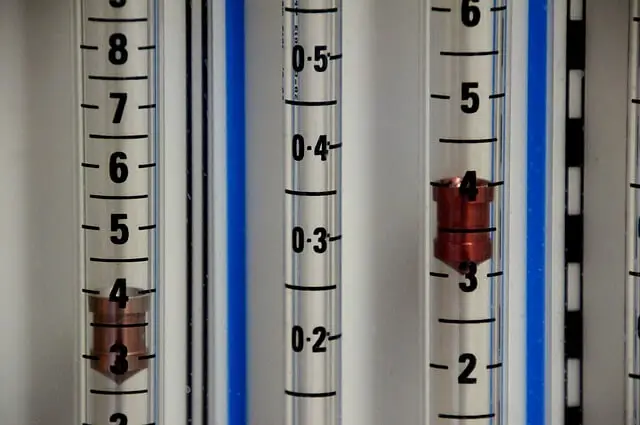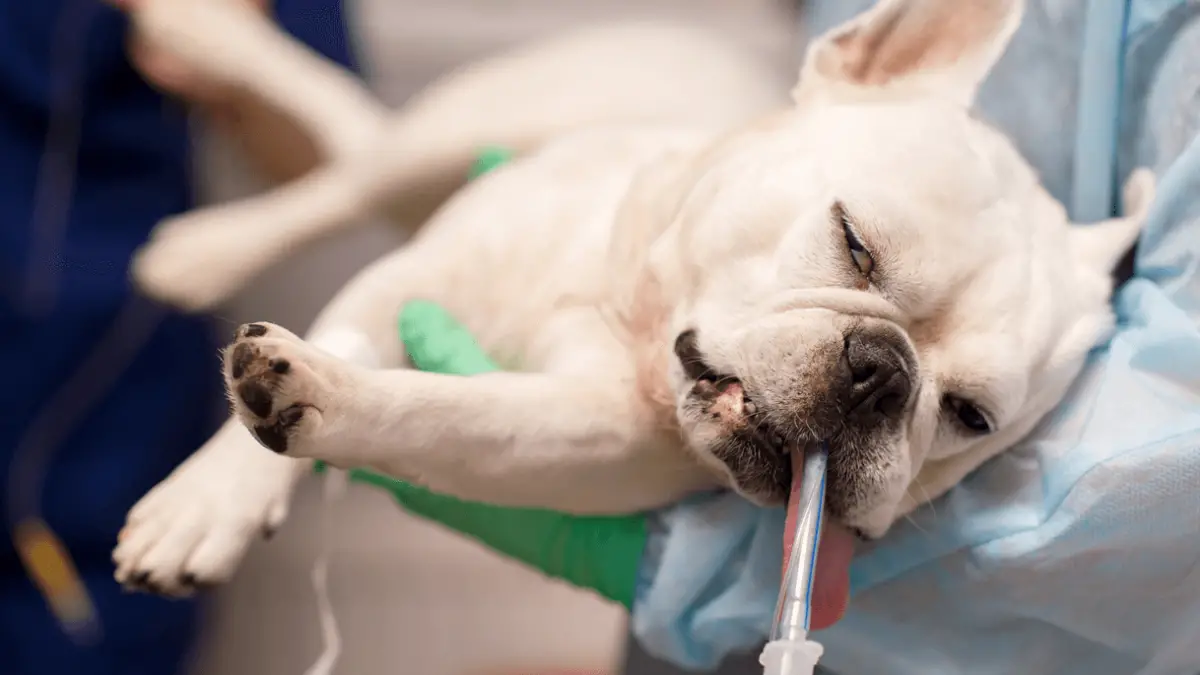Dogs Anesthesia: Risks, Affects & What to Expect
26.01.2022.
All procedures that require anesthesia are risky. Many dog owners are not aware of that fact, but it is true. It doesn’t matter if we are the ones going “under” or our dogs are; there are risks, and procedures might go wrong. If your dog is scheduled for spaying or neutering, dental cleaning, or surgeries, they will most likely need anesthesia. Here are a few things that you should know.
Risks of anesthesia for dogs
The first thing you should know is that veterinary science and medicine have developed and come a long way. Anesthesia is safer than it ever was, and we can consider ourselves lucky to live at a time when there are so many fantastic vets and clinics to take care of our dogs. However, despite all the advancements, we still haven’t completely eliminated all the risks. Some still remain, and all dog owners whose dogs need anesthesia should be aware of them. The American Veterinary Medical Association stated;
“These risks can run from minor problems, such as mild vomiting after recovery from anesthesia, to life-threatening problems such as cardiac arrest or stroke. Anesthesia-related deaths are rare, though, and while complications can occur, the veterinary team will take all of the necessary precautions to ensure that your pet is safe and can handle anesthesia.”
Another piece of good news is that a dog anesthesiologist will take all the necessary measures to provide your dog with “tailor-made” anesthesia. They will consider different risk factors and make sure the procedure and the dosage are as safe as possible. All vets will perform detailed physical exams of the dog that’s going “under.” If the procedure is considered risky, the vet will most likely advise against it.
VET TIP: Whenever vets have to decide whether a procedure is necessary, they will consider the risk-benefit ratio. For example, some operations can be postponed, and the benefits of a procedure should heavily outweigh the risks. If that ratio is close, the vet might advise against the procedure.

What affects the risks of anesthesia for dogs?
As we already mentioned, there are different things vets will consider before performing a procedure. Anesthesiologists these risks and will carefully calculate to provide the safest option for each individual dog. Here are some of the things that will affect the risks of anesthesia for dogs;
Breed
Believe it or not, some dog breeds are more sensitive to anesthesia than others. All dog breeds have some unique features that make them unique. Still, those characteristics can cause complications when it comes to anesthesia. For example, dogs from the sighthound family (Saluki, Greyhound, Whippet, Italian Greyhound…) have prolonged recoveries. Frenchies, Boston Terriers, and Bulldogs are brachycephalic, making them prone to airway issues while being under.
Dog’s age
This is the same case in humans - the youngest and the oldest are at risk. Puppies and seniors are at risk of developing different types of complications. Their systems are either not entirely developed or are starting to malfunction. When exposed to anesthesia, they can begin to malfunction, so vets are usually cautious when performing procedures on puppies and seniors.
Dog’s size
Another interesting thing is that a dog’s size will play a part. Small and toy dog breeds have an increased risk of hypothermia. They are more challenging to intubate, monitor, and determining the correct dose is trickier. Also, the dog’s weight is crucial. Overweight or obese dogs are at risk, so most vets advise dog owners to help their dogs lose a few before undergoing a procedure.
Time of day
While the sun and the moon are not risk factors, human intervention can be. The American Veterinary Medical Association learned that procedures in the later parts of the day are riskier. They’re riskier because if complications happen, the personnel that is supposed to react is more tired. Chances of error or misjudgment are greater.
How to reduce the risk of anesthesia for dogs?
Despite our best efforts, some risks cannot be reduced. For example, you can’t do anything about your Bulldog’s flat face. That is simply a risk you, your dog, and your vet will have to take. The good news is that we can do things to make sure our dogs are in the best possible shape before they undergo any kind of procedure. Here are a few things you and your vet should consider;
Dog’s diet
Feeding your dog a high-quality diet will do wonders for their overall health. The chances of them undergoing emergency treatment will be reduced, and their weight will be kept under control.
Dog’s medical history
You should know your dog’s medical history. Make sure you know if your dog has any allergies, especially to drugs and sedatives. It is important to follow your vet’s instructions, especially before and after anesthesia.
Dog’s medications
Another thing you should inform your vet and anesthesiologist about is the medications your dog is taking. Make sure to include all prescription and over-the-counter medications, as well as supplements.
WORLD DOG FINDER FACT: Anesthesia deaths are rare, but they happen. Recent numbers show that about 1 in 2.000 adult dogs dies from anesthesia.
What to expect?
Most dog owners will want to know what they can expect when their dogs go under anesthesia. Make sure you talk to your vet and express all your concerns, and we are sure they will ease your mind. Here are the things you might expect in the three stages - before, during, and after anesthesia.
Before anesthesia
Before your dog goes under, your vet will perform a thorough physical examination. They will check for possible risks and take a detailed look at your dog’s medical history, allergies, and other issues from the past. This is the part where the vet tells you what you need to know about the procedure your dog has to undergo.
During anesthesia
You should know your pet will not feel a thing. The team of doctors will monitor your dog’s blood pressure, circulation and be intubated. The dog’s body temperature will be monitored, as well as oxygenation and their heart.
After anesthesia
After the procedure, your dog will be awakened. In most cases, dogs are placed in isolation crates filled with warm blankets. They will be closely monitored for any complications. If everything is in order and the surgery wasn’t extensive, some dogs might go home the same day.
World Dog Finder team







Share